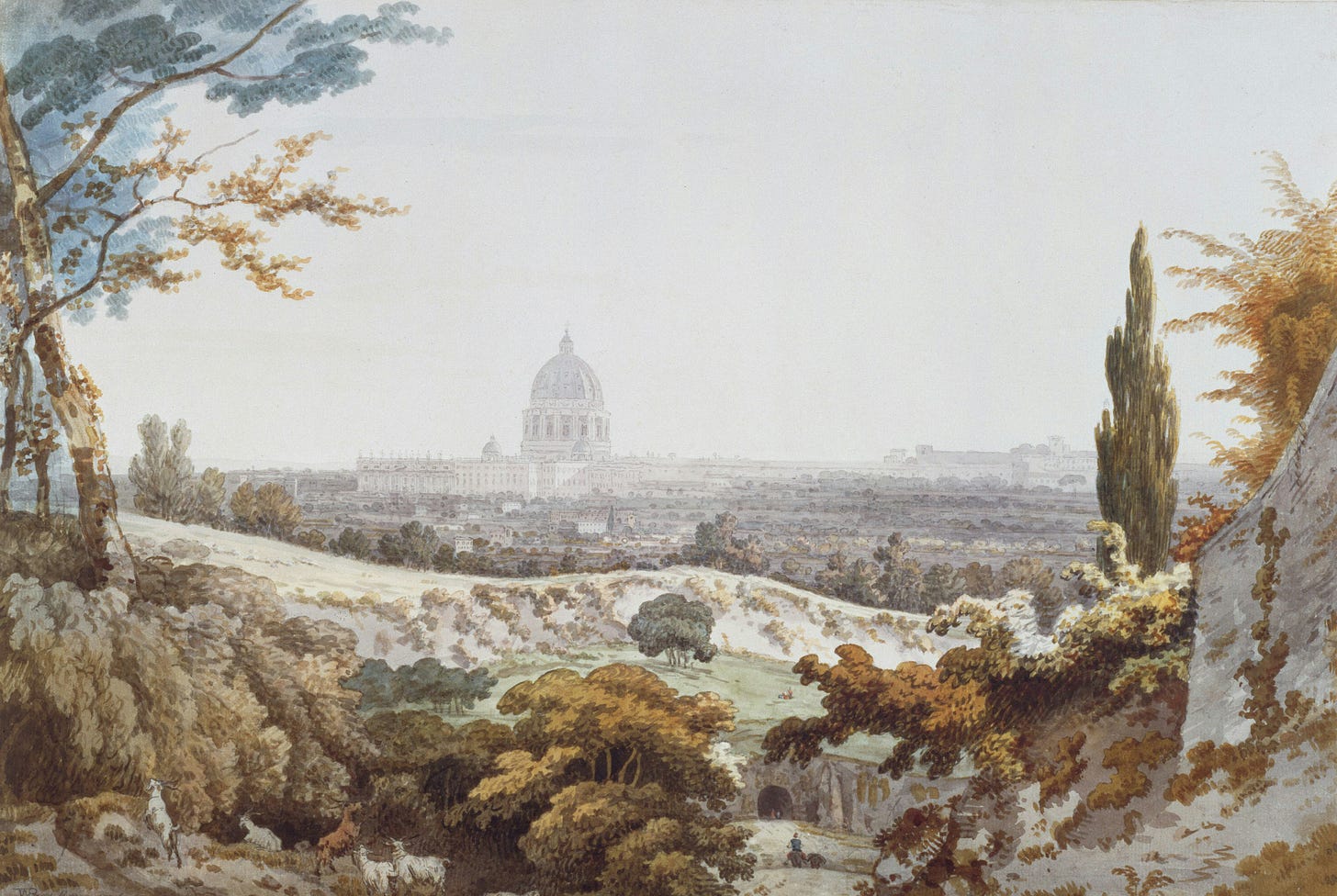
It is common for Americans to have moved, on average, half a dozen times before they reach middle age. In a far cry from past generations, where children were born and died in the same town or on the same plot of land where their families had lived and worked for several generations, it is now usual for young adults to wonder what “home” really means, and where it is to be found.
The woes of each era call forth meditation upon—and therefore in sight into—a new aspect of the eternal truth of Christianity. The weakness and vices of an age call attention to what constitutes strength and virtue in those same areas: thus, in the fourth century, Arianism became a catalyst for a fuller and clearer expression of Christology, while the industrial revolution resulted in a better understanding of Catholic economics. Similarly, the twenty-first century’s movement towards so-called sexual liberation resulted in Paul VI and John Paul II clarifying and reminding the faithful of the body’s theological dimension, of the teleology with which it is imbued. I wonder if contemporary rootlessness will result in a similar revelatory development of the sanctity of home.
The idea that holiness attaches to specific locations is as old as man himself. If the obscure cave drawings of neolithic men testify first and foremost to a wild joy in creation, they also suggest that those neolithic men sought places to sanctify or make into dwellings for the gods. From Adam placed in the garden of delights to the movable place which was the Aaronic tabernacle, the Old Testament reveals a trajectory that gains a first fulfillment in David’s “House of the Lord” and a fuller one when Christ commissions Kephas as the Petrine foundation stone.
The solidity of the Church as this homelike refuge—both a hearth and a fortress—was intelligible to men who built, loved, and lived in fortresses near warm hearths. Yet for many, the eternal foundations shook with an insidious disintegration following Vatican II, like an unseen enemy burrowing beneath castle walls, leading J.R.R. Tolkien to state that the Church “which once felt like a refuge now feels like a trap.”
For a long while, Western men had suffered external displacements that marred the wholeness of their lives: huge numbers had migrated to cities to take up factory work; many were displaced by two World Wars; finally they became beholden to automobile-centric cities. How could anyone understand a mothering, homelike Church when motherhood was being contracepted out of womanhood, and home was being bulldozed out of place by interstate highways? At the same time as laity like Tolkien experienced corruption in the governance of the spiritual realm, their exterior and natural lives also became divorced from the wholeness which makes the incarnate wealth of the Sacraments intelligible.
Keep reading with a 7-day free trial
Subscribe to Tradition and Sanity to keep reading this post and get 7 days of free access to the full post archives.




